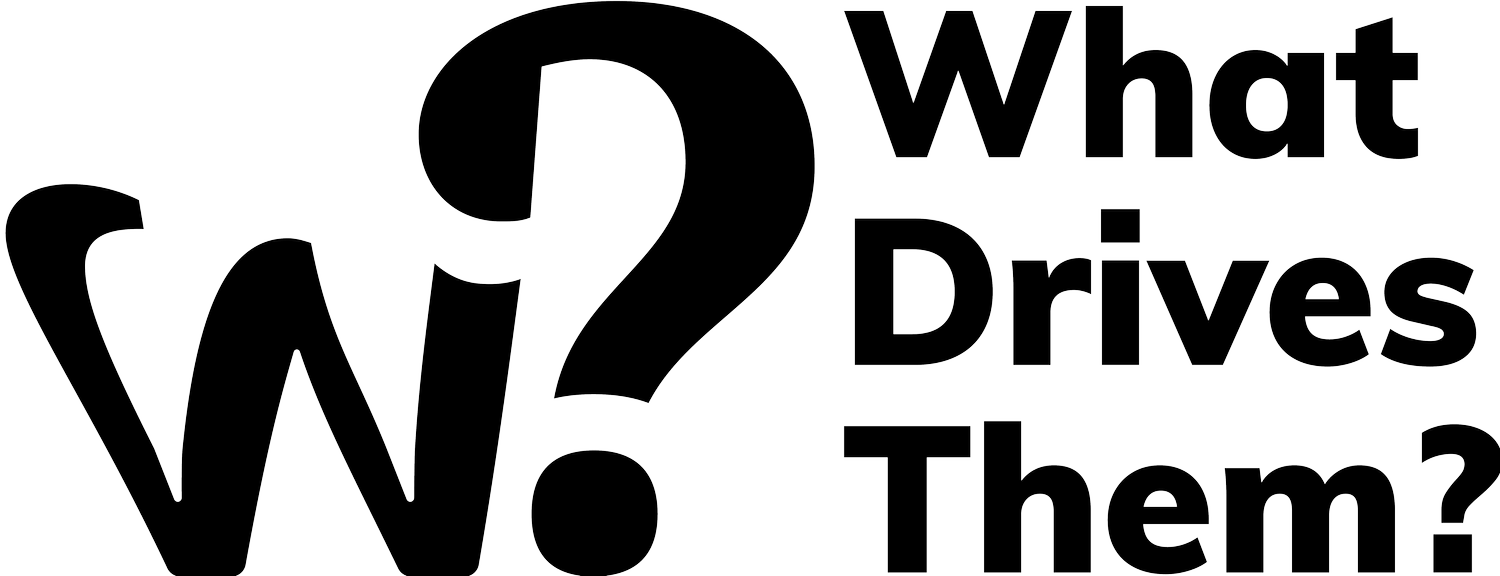Decoding User Insights: The GRAMS Secret
Sometimes, during user interviews, we find ourselves in a dilemma: "Now I have all this information, but where is the pattern? What should I do next? Is this really all the information needed to understand my users?" If you’ve ever felt this way, you’re not alone. It took me a long time to discover what is essential to ask and, consequently, what is crucial to decode from an interview.
This realisation sparked a deeper thought about what we aim to know about our users and why these aspects are essential. Through many experiences and interviews, I learned that it’s often not just about understanding the user's goal but about delving into what lies beneath it. Why does this matter to them?
I’m going to share my secret for successful user interviews with you. I typically navigate through five key areas during an interview. The first area is Goals: understanding what the users are trying to achieve, their key objectives, and their main jobs-to-be-done. Next, I explore their Reality: how they currently attempt to achieve their goals. Think of it as mapping their customer journey—how often they engage, how long it takes, and the steps involved.
Finding Alternatives is crucial to understanding both the past and the future. Did they always have this goal? How did they achieve it in the past? If they are dissatisfied, have they considered or found an alternative? Then, we get to the most important layer, Meaning: the "WHY" behind it all. To uncover this, I use Cartesian questions like, "What do you gain by achieving your goal?" and "What would you lose if you don't achieve your goal?" The positive response is often not the real meaning, which is why the negative aspect is crucial—it reveals what people fear the most. I recommend doing this part of the interview towards the end, once you’ve built a rapport with the interviewee, allowing them to open up more.
Finally, we explore Solutions: asking users to list their top pain points, with the biggest first. This reveals what the customer most wants solutions for.
What I just shared with you is The GRAMS framework. This approach helps you gain better insights during user interviews and identify patterns to decode them effectively. When you start noticing the relationship between these patterns during both the interviews and the analysis, the process becomes easier for you and your team, helping you uncover more than you expected.
Using consumer psychology principles and behavioural design techniques, the GRAMS framework can significantly enhance your understanding of user needs and behaviours. When you try out the GRAMS framework, let me know how your interviews go. I'm eager to hear about your discoveries and insights.


